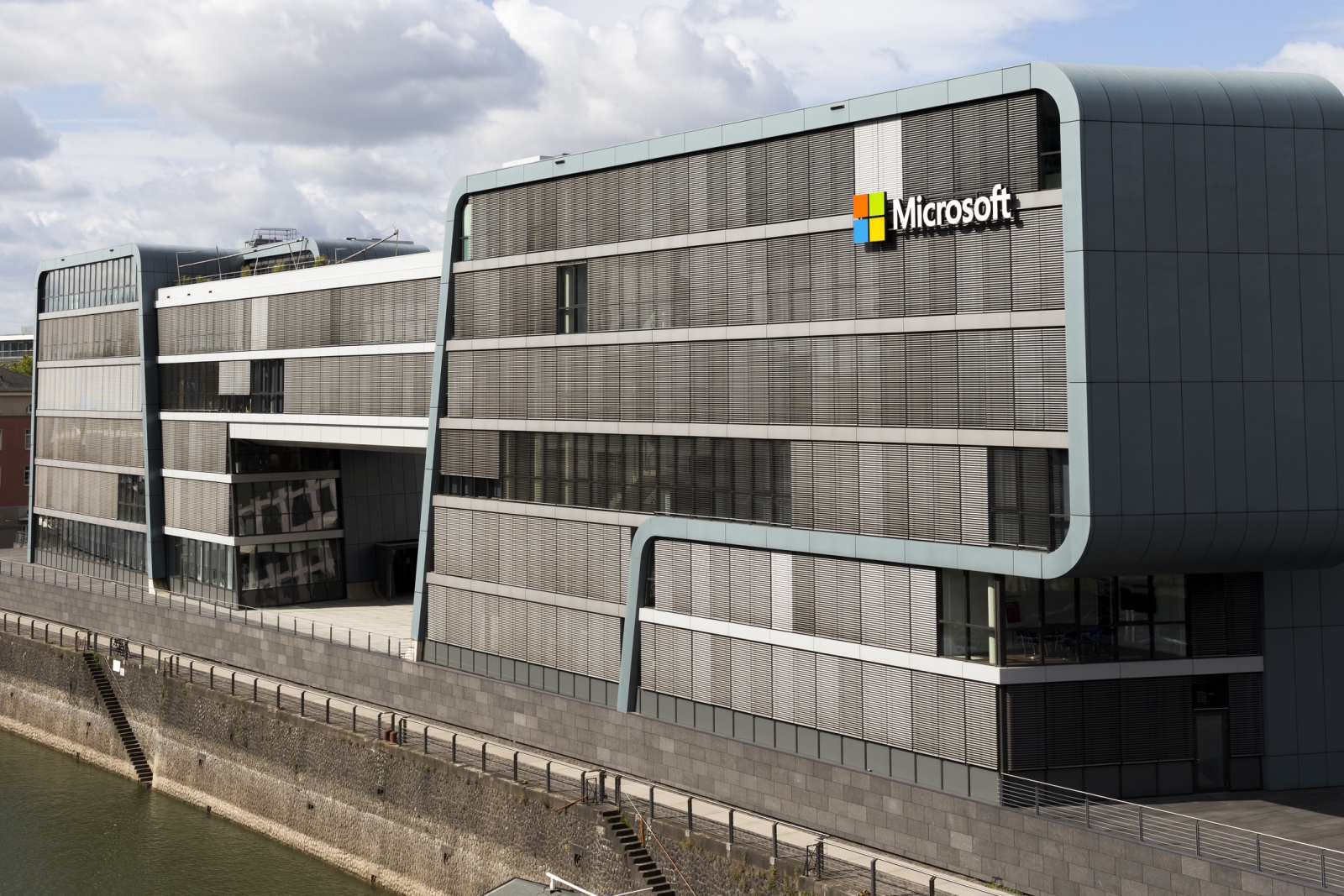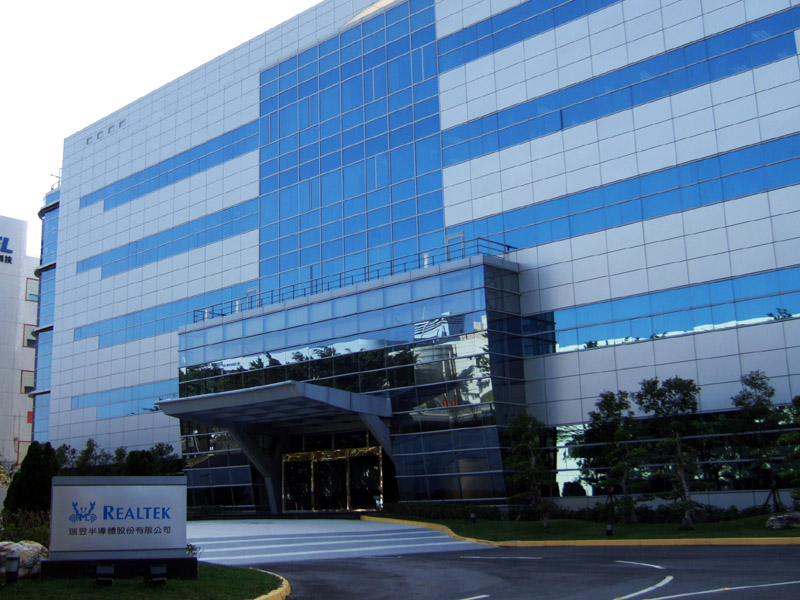
(Photo: iStock)
Tech giant Microsoft is demanding that its primary suppliers use 100% renewable energy by 2030. This move underscores the pressure stemming from the company's significant expansion of data centers, which has led to a surge in carbon emissions. Recent collaborations between Microsoft and renewable energy providers also highlight the tech industry's increasing demand for green electricity and carbon removal as they compete in artificial intelligence applications.
In its recently released 2024 Environmental Sustainability Report, Microsoft highlighted progress in four key areas: reducing Scope 1 and Scope 2 carbon emissions, accelerating carbon removal, circular design, and improving biodiversity. However, the company admitted it is still seeking breakthroughs in reducing Scope 3 emissions and water usage.
The report noted that Microsoft's direct and electricity consumption-related carbon emissions decreased by 6.3% compared to the 2020 baseline year. However, Scope 3 emissions surged by 30.9%, resulting in an overall increase of 29.1% in total emissions. This increase is attributed to the expansion of data centers, including the carbon embodied in construction materials and hardware components like semiconductors, servers, and racks.
According to the U.S. Environmental Protection Agency (EPA), embodied carbon refers to the carbon emissions in the upstream stages of a product's lifecycle. Many initiatives aimed at tracking, disclosing, and reducing embedded carbon also consider the emissions from product use and disposal. In short, the construction, maintenance, and operation of Microsoft's data centers contribute significantly to carbon emissions, reflecting a high demand for green concrete, steel, fuel, and chips.
Microsoft’s Chief Sustainability Officer, Melanie Nakagawa, stated in the report that the company will require "large-scale, high-output suppliers to use 100% carbon-free electricity by 2030." Microsoft plans to implement new regulations for suppliers in the 2025 fiscal year. However, Nakagawa acknowledged that Microsoft is not yet ready to drop suppliers who fail to meet climate goals.
The Wall Street Journal reported that Microsoft's major suppliers include South Korea's Samsung Electronics, SK Hynix, and Taiwan's Realtek Semiconductor. These companies have net-zero targets set for after 2030. Samsung aims to use 100% renewable energy by 2050, Realtek aims to achieve a 25% renewable energy usage rate by 2030, and SK Hynix plans to reach 33% green electricity usage by 2030.

RealTek targets 25% renewable energy use by 2030, lagging behind Microsoft's 100% target. (Photo: Wikimedia Commons)
Microsoft committed to achieving negative carbon emissions by 2030 in 2020, but actual carbon emissions have continued to rise. Analysts suggest that Microsoft's dominant position in its supply chain and market means any new regulations for suppliers could impact the entire industry and positively influence tech sector decarbonization.
Reducing emissions in the supply chain will take time. To achieve its sustainability goals, Microsoft is pursuing various approaches. In May 2024, Microsoft announced a partnership with Swedish energy company Stockholm Exergi to permanently remove 3.33 million tons of carbon dioxide through a carbon capture project, equivalent to the annual emissions of 790,000 fuel-powered cars. Starting in 2028, Microsoft will receive carbon removal certificates to offset its own emissions.
Also in May, Microsoft entered into a renewable energy procurement agreement with Canada's Brookfield Asset Management. Brookfield will supply Microsoft with a total of 10.5 GW of wind and solar power, which is considered the largest corporate green energy purchase to date.




